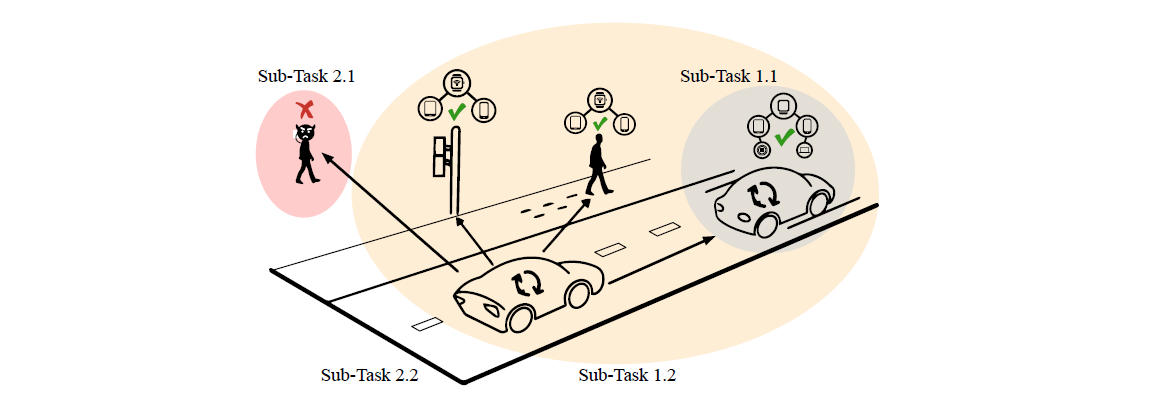Lead PI: Kyu In Lee
Federal Fund Allocation (Year 2024-2025): $35,000
Project Description
As the number of connected vehicles in Intelligent Transportation Systems (ITS) continues to rise, Vehicular Ad-Hoc Networks (VANETs) is gaining momentum in both the industrial and academic sectors. Fueled by rising demand for safer road condition and push towards autonomous vehicles, this growth is projected to experience further surge in the future by reaching the market value of 55-billion dollars by 2031. VANET enhances driving experience and ensures greater safety for both motorists and pedestrians by allowing vehicles to communicate with various road entities through vehicle-to-vehicle (V2V), vehicle-to-infrastructure (V2I), and vehicle-to-pedestrian (V2P) communication channel, collectively referred to as Vehicle-to-Everything (V2X) communication.
Despite its safety and economic promise, VANET adoption is hampered by security challenges: because exchanged messages are safety-critical, robust authentication is essential to prevent malicious actors from injecting false traffic or hazard reports. Traditional trust infrastructures like PKI can ensure authenticity but are expensive to scale and impose heavy computational demands, making them too slow and resource-intensive for the highly dynamic VANET environment, where vehicles and roadside units frequently join and leave. These limitations will only worsen with 6G’s heterogeneous V2X ecosystem—spanning low-power onboard units, pedestrian devices, and smart traffic lights—because the latency from intensive authentication processes could undermine the millisecond-level decision speeds required for safe operation.
The proposal addresses a remote attack scenario in which an adversary, positioned outside the target environment, seeks to impersonate a legitimate VANET participant by guessing its authentication key. To counter this threat, we will develop a lightweight, sensor‐based symmetric‐key authentication scheme that harnesses the spatio‐temporal uniqueness of ambient sensory data—such as audio, light, temperature, humidity, and pressure—to generate shared keys only among co‐located entities. Because these environmental signals fluctuate randomly over time and space, only devices in close proximity can derive identical keys, rendering remote key deduction infeasible. Modern vehicles and personal devices already include the requisite sensors, enabling a plug‐and‐play deployment without significant hardware modifications. Moreover, by continuously generating fresh keys at predetermined intervals as entities move through different contexts, the scheme provides ongoing authentication that thwarts replay or key‐reuse attacks even if a key is compromised at a single point in time.
